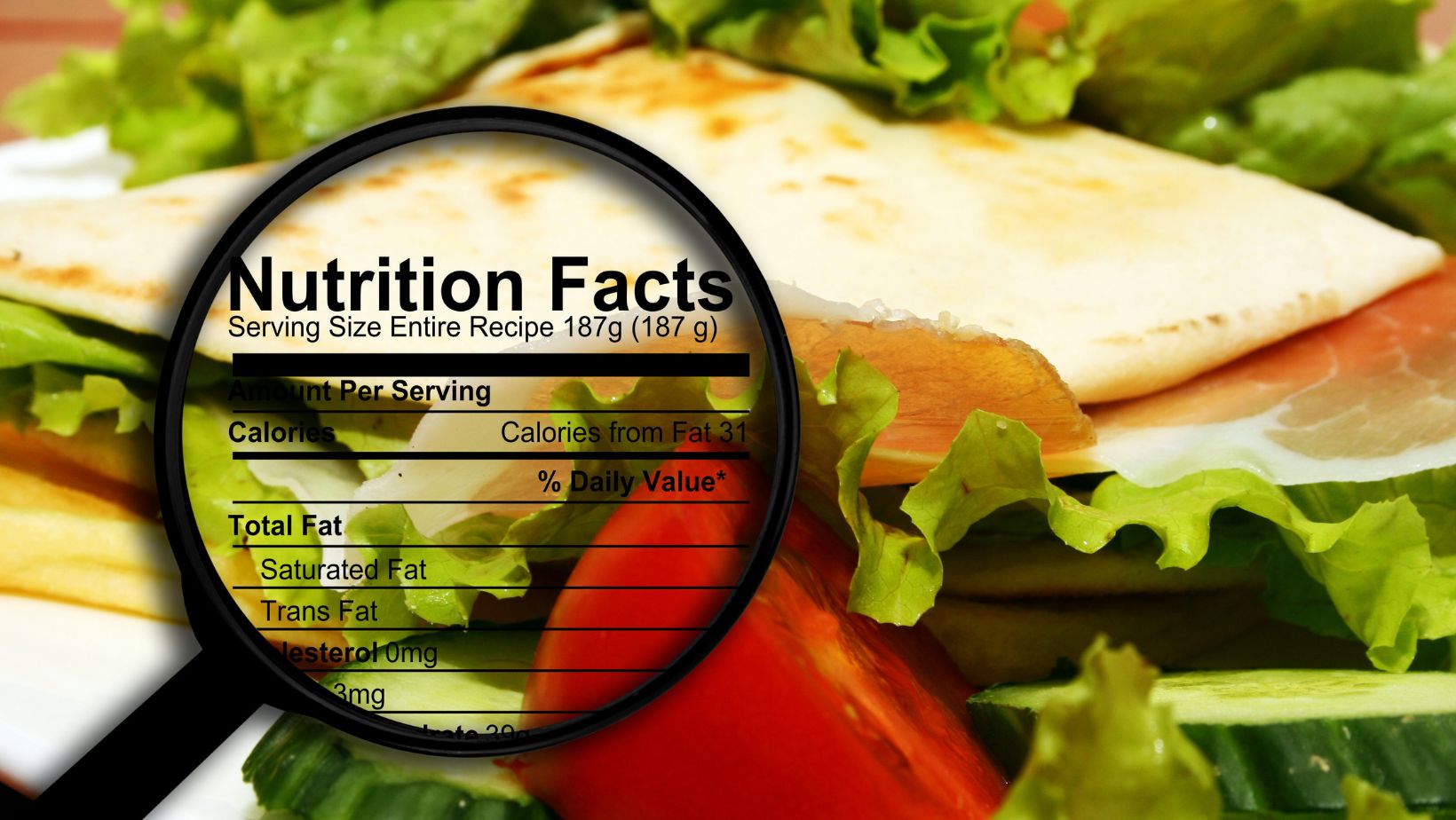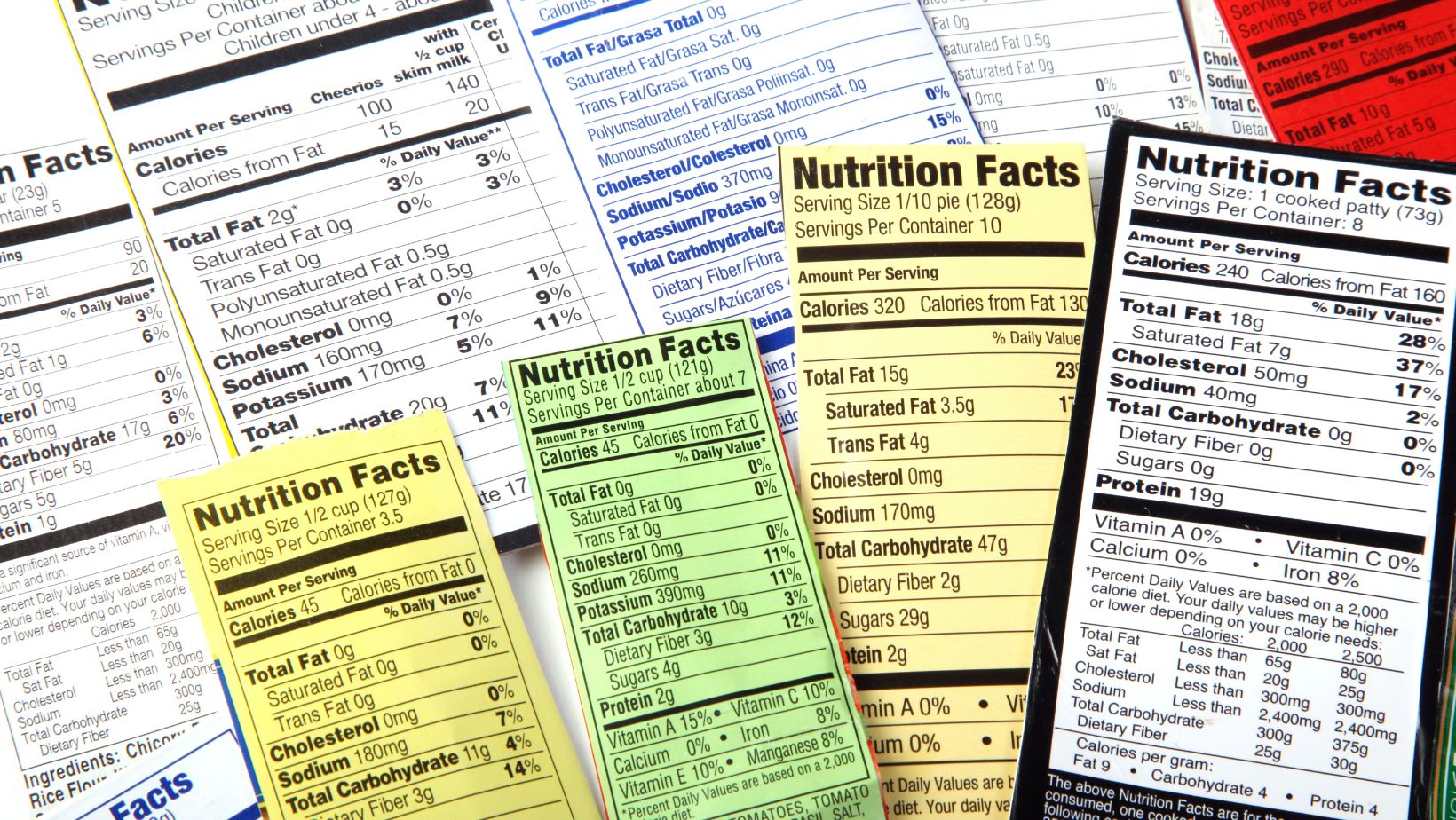
Why Label Literacy Matters for Dog Owners
The journey toward better pet nutrition begins in the grocery aisle. Those dense dog food labels might look intimidating, but understanding what’s printed is crucial in choosing the right diet for your dog’s age, size, and health needs. Many health complaints in dogs—from digestive issues to skin allergies—start with what’s in their bowl, making label literacy vital.
As more pet parents become savvy shoppers, finding ways to access healthy products at a discount has become popular. Spotting a Badlands Ranch coupon code or other promotions can stretch your budget and let you try premium foods more confidently. When pricing is no longer a barrier, owners are more likely to invest time reading and comparing what’s in their dog’s dinner. Identifying key terms like “complete and balanced,” named protein sources, and recognizable whole foods can make a major difference in your pet’s diet. With some practice, decoding these labels becomes second nature—empowering you to make informed choices that support your dog’s long-term health.
Breaking Down the Ingredient List
The ingredient list is your map of what your dog eats daily. By law, pet food must list ingredients by weight, so those at the top make up most of the food. Look for real meat, poultry, or fish as the first ingredient, signaling high protein quality. Whole grains, vegetables, and fruits are positive, but vague terms like “meat by-product” or “animal digest” often indicate lower nutritional value.
According to the American Veterinary Medical Association’s guide to pet food labels, understanding ingredient splitting (where less desirable ingredients are separated to appear lower on the list) is essential. Whole, recognizable foods are always the gold standard.
Understanding Guaranteed Analysis
The guaranteed analysis panel breaks down the protein, fat, fiber, and moisture percentages. This quick-glance section ensures you’re feeding a product that meets your dog’s stage of life or medical needs. Active dogs, for example, benefit from higher protein and fat, while those with weight issues might need fiber-rich formulas. Comparing guaranteed analysis numbers between products can help you better manage portions and meet nutritional requirements for breeds large and small.
Sourcing, Additives, and Certifications
Consumers are asking more questions about ingredient sourcing. Is the protein farm-raised, wild-caught, or imported? Sourcing details build trust. Likewise, watch out for unnecessary artificial colors, flavors, or preservatives, which can sometimes cause sensitivities.
As reported in a recent pet food industry overview, foods with certifications (like AAFCO compliance, organic labeling, or third-party nutritional guarantees) offer additional confidence to owners seeking verified quality. Products that voluntarily undergo feeding trials demonstrate a brand’s commitment to evidence-based nutrition.
Common Marketing Terms & What They Really Mean
“Grain-free,” “natural,” “holistic,” and “premium” are common phrases on packaging, but they’re not always regulated and can be confusing. “Grain-free” doesn’t automatically guarantee better nutrition—it simply means other carb sources, like potatoes or peas, are used.  “Natural” refers to products with fewer synthetic ingredients, but always check the label for details. Regulatory bodies have definitions for these terms, yet marketing can blur the lines, making using your newfound label-reading skills especially important.
“Natural” refers to products with fewer synthetic ingredients, but always check the label for details. Regulatory bodies have definitions for these terms, yet marketing can blur the lines, making using your newfound label-reading skills especially important.
Consulting Experts When Choosing New Foods
Even with a sharper eye for labels, some situations call for a professional opinion. Consulting a veterinarian is the best route for dogs with allergies, chronic conditions, or unusual sensitivities. Vets can review labels with you and suggest brands with science-backed formulas, ensuring your pet gets what it needs for optimal health.
The Path Toward Smarter Dog Nutrition
Decoding dog food labels fosters trust, helps you avoid unwanted additives, and ensures every meal is nourished. With transparency on the rise and more high-quality options available than ever, dog owners have the tools to advocate for their pet’s nutrition every time they shop. Explore, compare, and consult—your dog will thank you with energy, longevity, and a happy wag each time the bowl hits the floor.


















